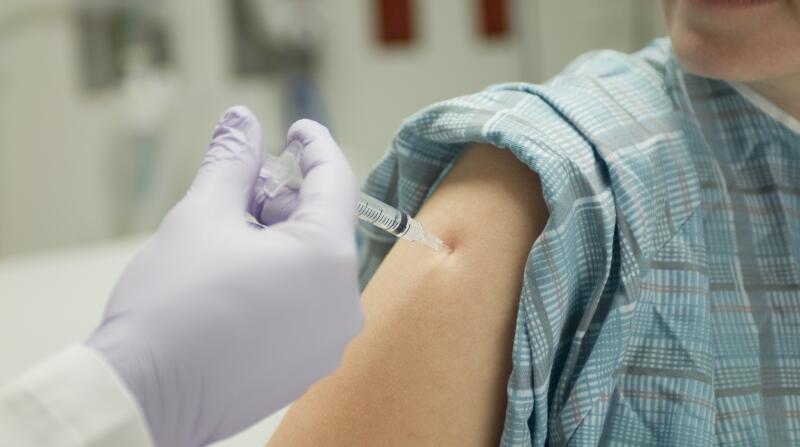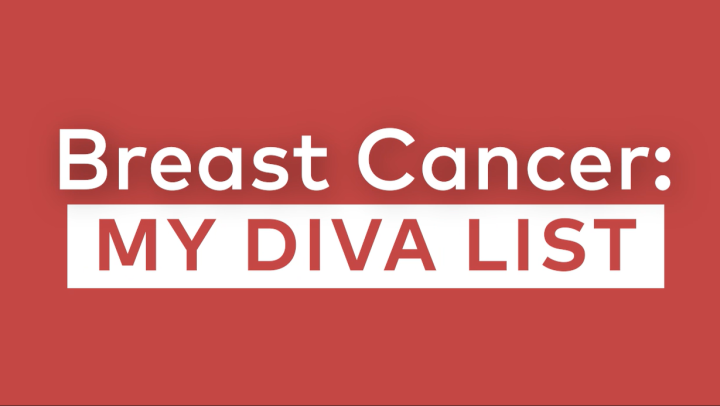12 Things to Know About Secondary Bone Cancer

Medically Reviewed By William C. Lloyd III, MD, FACS
Written By Linda Wasmer Andrews on August 13, 2021
-
 How Cancer Spreads to the BonesCancer doesn't always stay put. Sometimes, cells break away from the original cancer site and travel through the bloodstream or lymph vessels to another part of the body, a process called metastasis. If these cells lodge in a bone, they can start growing there, giving rise to secondary bone cancer.
How Cancer Spreads to the BonesCancer doesn't always stay put. Sometimes, cells break away from the original cancer site and travel through the bloodstream or lymph vessels to another part of the body, a process called metastasis. If these cells lodge in a bone, they can start growing there, giving rise to secondary bone cancer. -
 Cancers That Cause Secondary Bone CancerThe types of cancer most likely to spread to the bones are breast, prostate, lung, kidney, and thyroid. The cancer at this original site is called primary cancer. When the primary cancer spreads to another site, such as the bones, the cancer growing at the new location is called secondary cancer.
Cancers That Cause Secondary Bone CancerThe types of cancer most likely to spread to the bones are breast, prostate, lung, kidney, and thyroid. The cancer at this original site is called primary cancer. When the primary cancer spreads to another site, such as the bones, the cancer growing at the new location is called secondary cancer. -
-
 Bones Affected by Secondary Bone CancerCancer that started somewhere else in the body can potentially travel to any bone. It most often spreads, however, to bones near the center of the body, such as the spine, pelvis, ribs, or skull. Cancer may also spread to the bones of the leg or upper arm.
Bones Affected by Secondary Bone CancerCancer that started somewhere else in the body can potentially travel to any bone. It most often spreads, however, to bones near the center of the body, such as the spine, pelvis, ribs, or skull. Cancer may also spread to the bones of the leg or upper arm. -
 Two Routes to Bone PainSecondary bone cancer cells can damage bone in two main ways. Often they set off a process that eats away at the bone, leaving it weak and easily breakable. In other cases, they start a process that abnormally builds up areas of bone. Both types of bone changes can be painful.
Two Routes to Bone PainSecondary bone cancer cells can damage bone in two main ways. Often they set off a process that eats away at the bone, leaving it weak and easily breakable. In other cases, they start a process that abnormally builds up areas of bone. Both types of bone changes can be painful. -
 Symptoms of Secondary Bone CancerPain is the most common symptom of secondary bone cancer. But the condition may cause other problems as well. Bone weakening can lead to fractures. The breakdown of bone can release dangerously high levels of calcium into the blood, which can cause kidney failure or coma if not treated.
Symptoms of Secondary Bone CancerPain is the most common symptom of secondary bone cancer. But the condition may cause other problems as well. Bone weakening can lead to fractures. The breakdown of bone can release dangerously high levels of calcium into the blood, which can cause kidney failure or coma if not treated. -
 Bisphosphonates and DenosumabFortunately, several treatments can help relieve symptoms of secondary bone cancer. Bisphosphonates—such as pamidronate (Aredia) and zoledronic acid (Zometa)—slow down the action of cells that break down the bone (osteoclasts). Denosumab (Xgeva) blocks a protein that activates these cells.
Bisphosphonates and DenosumabFortunately, several treatments can help relieve symptoms of secondary bone cancer. Bisphosphonates—such as pamidronate (Aredia) and zoledronic acid (Zometa)—slow down the action of cells that break down the bone (osteoclasts). Denosumab (Xgeva) blocks a protein that activates these cells. -
-
 Chemotherapy and Hormone TherapyThese treatments affect cancer throughout the whole body. When treating secondary bone cancer, they may control cancer growth and reduce bone pain. Chemotherapy uses drugs to kill cancer cells. Hormone therapy uses drugs to keep certain hormones from being made or to block their effect on cancer.
Chemotherapy and Hormone TherapyThese treatments affect cancer throughout the whole body. When treating secondary bone cancer, they may control cancer growth and reduce bone pain. Chemotherapy uses drugs to kill cancer cells. Hormone therapy uses drugs to keep certain hormones from being made or to block their effect on cancer. -
 Radiation TherapyRadiation therapy may destroy secondary bone cancer cells or slow their growth as well as ease bone pain. In some cases, a beam of radiation from a machine outside the body is focused on the affected bone. In other cases, a drug containing a radioactive substance is injected into the body and travels to the cancerous bone.
Radiation TherapyRadiation therapy may destroy secondary bone cancer cells or slow their growth as well as ease bone pain. In some cases, a beam of radiation from a machine outside the body is focused on the affected bone. In other cases, a drug containing a radioactive substance is injected into the body and travels to the cancerous bone. -
 Surgical TreatmentSurgery for secondary bone cancer is done to prevent or treat a broken bone. During surgery, the cancerous tumor may be removed. Special bone cement is sometimes put in the resulting hole to strengthen the bone. Then the bone may be fixed in proper position with wires, plates, rods, pin, or screws.
Surgical TreatmentSurgery for secondary bone cancer is done to prevent or treat a broken bone. During surgery, the cancerous tumor may be removed. Special bone cement is sometimes put in the resulting hole to strengthen the bone. Then the bone may be fixed in proper position with wires, plates, rods, pin, or screws. -
 Physical TherapyIf you have secondary bone cancer, physical therapy may be helpful in addition to—not in place of—other treatments, like medication, radiation, or surgery. Often, it involves light exercises and gentle stretches. It might also include training on how to use a mobility aid—such as a cane, brace, or walker—to stay active.
Physical TherapyIf you have secondary bone cancer, physical therapy may be helpful in addition to—not in place of—other treatments, like medication, radiation, or surgery. Often, it involves light exercises and gentle stretches. It might also include training on how to use a mobility aid—such as a cane, brace, or walker—to stay active. -
 Heading Off FallsBones weakened by secondary bone cancer are easily broken by a fall. Yet cancer itself or medications for cancer may cause dizziness or weakness, making a fall more likely. To combat this double whammy, consider installing safety devices—such as grab bars and a shower chair—in your home.
Heading Off FallsBones weakened by secondary bone cancer are easily broken by a fall. Yet cancer itself or medications for cancer may cause dizziness or weakness, making a fall more likely. To combat this double whammy, consider installing safety devices—such as grab bars and a shower chair—in your home. -
 Living With CancerPain management approaches can help you stay more comfortable while undergoing treatment for secondary bone cancer. Such approaches include massage, acupuncture, hypnosis, music therapy, and biofeedback (using electronic devices to learn how to consciously control bodily responses). Counseling can help you cope with the stress of cancer or its treatment.
Living With CancerPain management approaches can help you stay more comfortable while undergoing treatment for secondary bone cancer. Such approaches include massage, acupuncture, hypnosis, music therapy, and biofeedback (using electronic devices to learn how to consciously control bodily responses). Counseling can help you cope with the stress of cancer or its treatment.
12 Things to Know About Secondary Bone Cancer





























